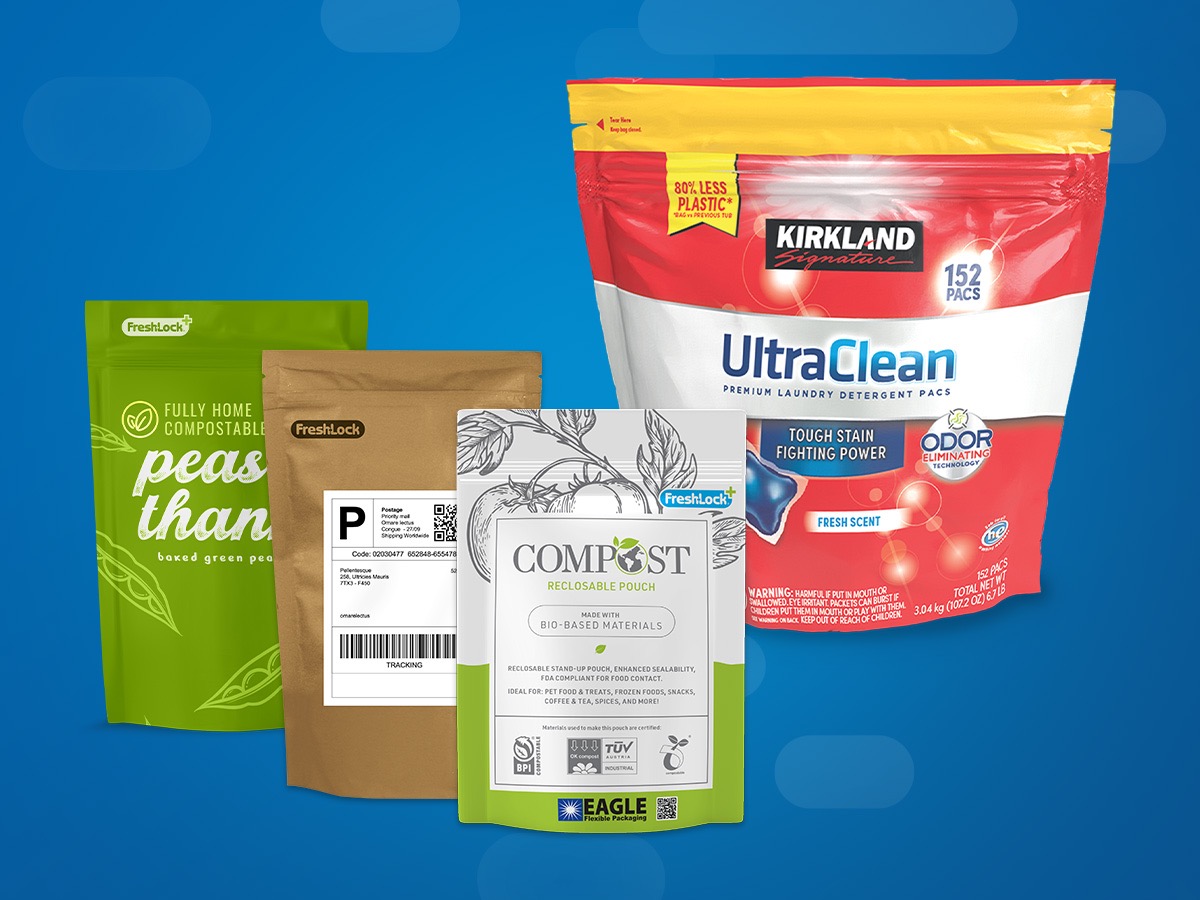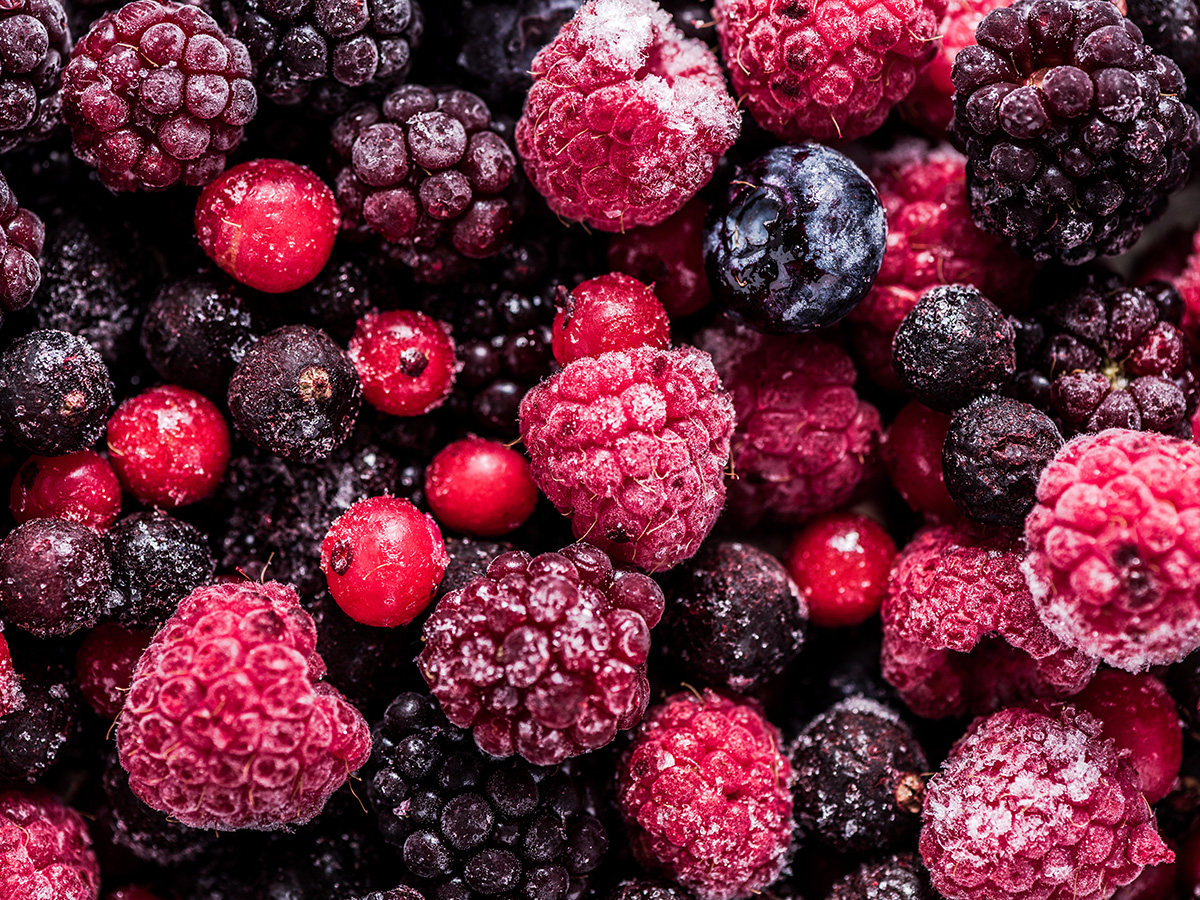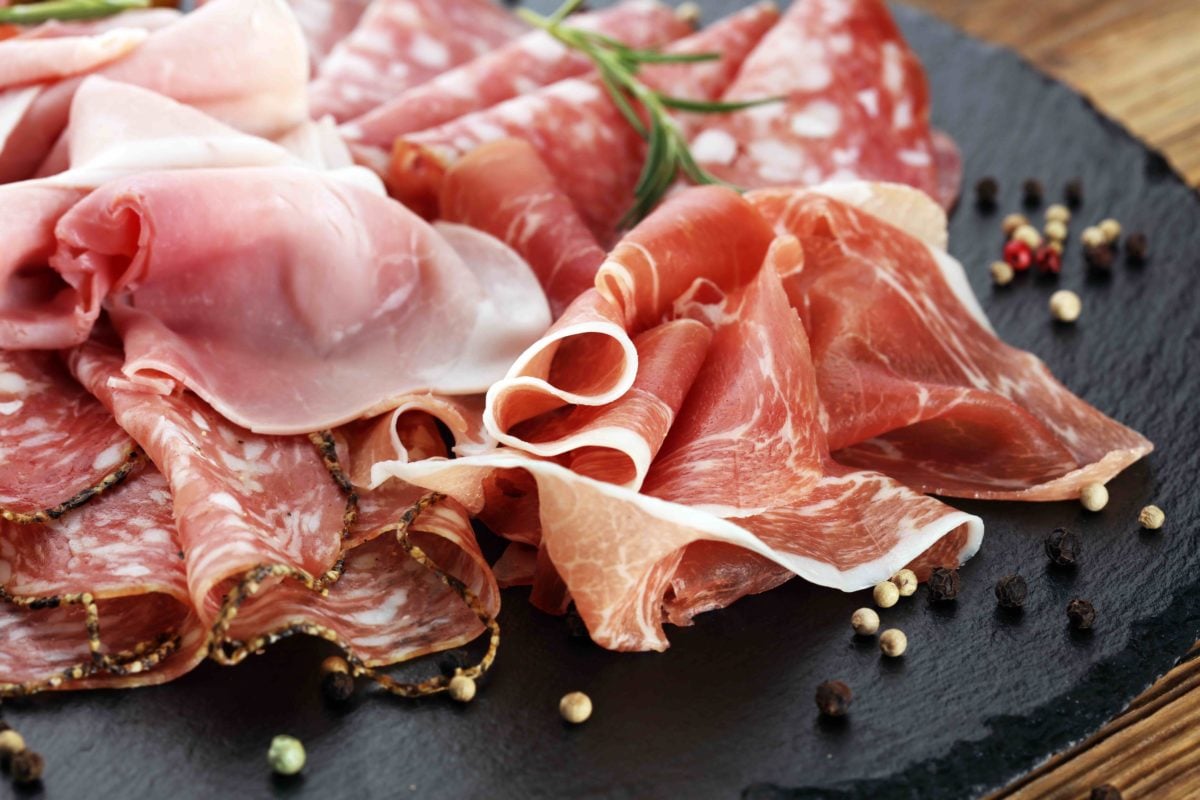
How Flexible Packaging Can Benefit Holiday Food Products
Ask any consumer about their favorite holiday memories and they will most likely mention food. Fresh baked goods, decorated cookies, and new food treats are reappearing on tables as consumers reconnect with friends and family. In response, the food industry continues to offer specialized holiday products to appeal to consumers’ post-pandemic values—freshness, health, home cooking, and sustainability.
As this year’s holiday food products hit both in-store and virtual shelves, CPG brands and packagers should already start considering strategies to make next year’s products stand out in this increasingly crowded space. For products ranging from wreath-shaped pretzels to bulk flour to brightly wrapped candies, resealable flexible packaging can offer freshness and convenience for consumers. For packagers who aren’t using reclosable flexible packaging yet, limited-edition holiday foods create an opportunity to test it out.
Why Choose Flexible Packaging for Holiday Foods?
For those new to the idea of flexible packaging for their product, here’s why many brand managers already favor flexible packaging for holiday, specialty, and short-run food products.
- Packagers can use the holidays to test new designs. Short runs, with their built-in end dates and often customized designs, let brand managers and packagers experiment before making future large-scale changes.
- Reclosable flexible packaging helps keep food fresh when consumers are especially focused on food. With in-person gatherings picking back up, the holidays put a special spotlight on food quality. Flexible packaging with reclosability helps preserve the flavor and quality of food by reducing air contact and moisture loss. Fresher food with a longer shelf life can be a differentiator for consumers who want their holiday celebrations to shine.
- Products stand out on both in-store and virtual shelves. The Flexible Packaging Association shared that brand owners reported a 55 percent boost in sales after increasing their use of flexible packaging. Since holiday packaging is designed to attract attention, flexible packaging can strengthen holiday packaging and promotions.
- Flexible packaging supports sustainability goals. As sustainability is top of mind worldwide, forward-looking brands are adopting strategies to reduce their carbon footprint without impacting customer satisfaction. A flexible pouch uses less material, less packaging weight, and may take up less space than a rigid container, all of which reduces the environmental impact of the supply chain. As the viability of recyclable and compostable packaging improves, those gains are expected to accelerate.
Resealable Flexible Packaging Can Make an Even Bigger Impact
For products sold in bulk or in multi-serving packages, adding a zipper or slider can further boost consumer satisfaction. Pouches that reseal help preserve freshness and encourage consumers to keep products in their original, branded packaging.
- Consumers prefer resealable flexible packaging. A study by the Flexible Packaging Association showed that consumers found flexible packaging easy to open, reseal, and store compared to rigid packaging. In fact, the same survey found that consumers are willing to pay up to 18.4% more for food in flexible packaging because of these benefits.
- Resealable pouches keep your branding present throughout the holidays. Packaging that doesn’t reseal can prompt consumers to transfer the product to a different container, meaning the branding becomes irrelevant. Press-to-close seals and slider seals encourage consumers to keep that carefully designed packaging and engage with the brand repeatedly.
- Press-to-close and slider solutions can match earth-friendly pouch materials. For most every film and pouch material, including new earth-friendly technologies, there are resealable closures to match. And by helping keep products fresher longer, resealable packaging can help reduce food waste, which the EPA cites as a significant source of greenhouse gases.
Food Industry Forecasts Suggest CPG Demand Will Remain High
According to recent CPG data analysis by IRI, consumer demand for food and beverage products is up in 2021 over 2019. The research suggests two trends that will sustain strong demand for both staples and specialty foods in the new year.
First, consumers will still be preparing more meals at home, with 46% of workers reporting that they will continue to work remotely at least one day per week. In-store shopping is rebounding, and online orders remain high, as families gather and employees dine at home. IRI recommends an emphasis on products that offer “affordable, wholesome and easy-to-prepare family meals.”
Second, the same report suggests that retailers and brands support consumers’ desire to socialize. “Amp up occasion-based merchandising and promote party trays, desserts and beverages as a convenient way to elevate gatherings.” Resealable flexible packaging responds to both trends, allowing consumers to buy in bulk to lower grocery spending while preserving the freshness of special occasion products.
How to Gather More Packaging Data for 2022 Planning
Brand managers and packagers who want to discuss solutions available for their package, product and industry can contact the Fresh-Lock team. With more than 30 years of experience, Fresh-Lock is recognized as the largest supplier of private label press-to-close zippers and tracks and sliders in the United States, giving major branded and private label packagers a fresh advantage.

 Back to Blog
Back to Blog


